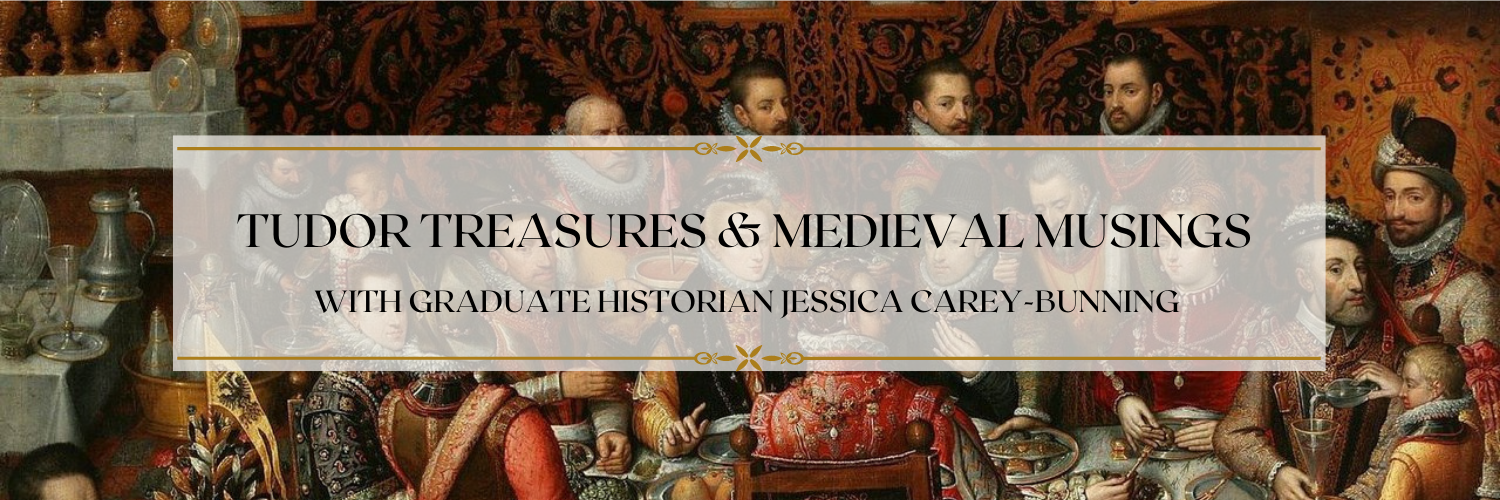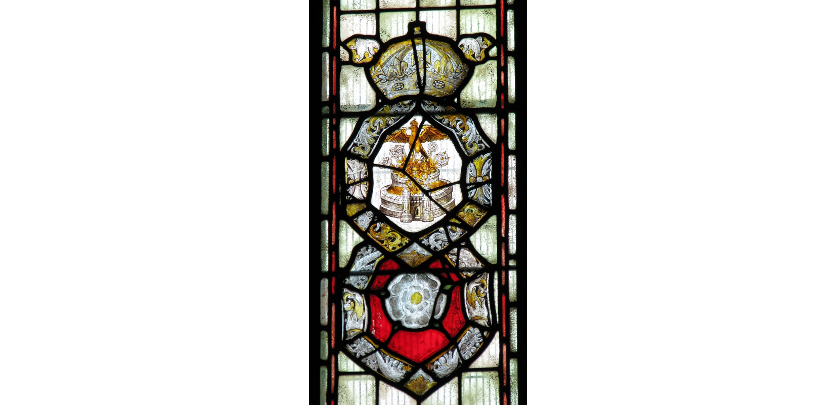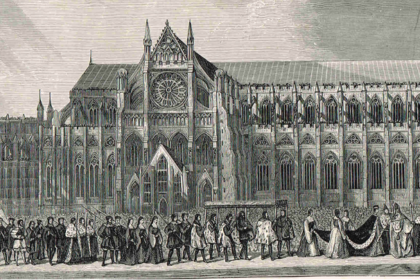
Though Anne Boleyn was notably lacking in popularity as queen, that did not mean people were happy about her downfall, a subject I touched upon in my post about Chapuys’ perspective on Anne’s guilt, which you can read here. Nor were people necessarily glad to see Jane Seymour take her place, regardless of how much she was framed as continuing Katherine of Aragon’s legacy. In fact, there is evidence that there was widespread discontent amongst the population over the proceedings.
Indeed, in the days leading up to Anne’s execution, Henry felt the need to warn his soon to be wife, Jane Seymour, of a disparaging ballad that was circulating about the two of them. Its popularity is unclear; Henry seemed to think that it was not well known at this point. However, it does show that there were negative feelings towards Henry and Jane, probably out of sympathy for Anne, and due to the upheaval that the country was once again facing over Henry’s matrimonial mayhem.
~

by Hans Holbein, c.1536
.
‘My dear friend and mistress,
The bearer of these few lines from thy entirely devoted servant will deliver into thy fair hands a token of my true affection for thee, hoping you will keep it for ever in your sincere love for me. Advertising you that there is a ballad made lately of great derision against us, which if it go much abroad and is seen by you, I pray you to pay no manner of regard to it. I am not at present informed who is the setter forth of this malignant writing, but if he is found out he shall be straitly punished for it. For the things ye lacked I have minded my lord to supply them to you as soon as he can buy them. Thus hoping shortly to receive you in these arms, I end for the present your own loving servant and sovereign,
H. R.’
~
Regardless of popular sentiments though, within a week of this letter being sent, Anne was dead, and Henry and Jane were betrothed. They were married in a private ceremony at the Palace of Whitehall on the 30th May, 1536. Despite these hints of initial unpopularity, Jane was a popular queen; she was credited with Henry and Mary’s reconciliation, she was seen as sympathetic towards the monasteries, and she gave England an heir. When she died just 12 days after giving birth to Prince Edward, she was praised and eulogised in many ballads and verses.
Top image: Stained glass originally from Wolf Hall showing Jane’s phoenix badge and a Tudor Rose



